5 Global Marketing Strategies for Winning 3 Key APAC Holiday Campaigns (2016 Edition)
Wondering why your China-based clients and vendors aren’t returning your emails this whole week?
Chances are, they might be one of the nearly 600 million Chinese traveling this first week of October for Golden Week, a week-long national holiday in China. That’s a 12% increase from last year and nearly half of the biggest population in the world.
This is just one of the many holidays celebrated around the world that have significant impact on locals—including their spending behavior, both online and offline.
But these holidays might not be on every marketing team’s radar, especially if they’re not in their primary markets.
Think bigger
As marketers around the world are gearing up for tackling the usual holiday season trifecta (American Thanksgiving-Christmas/Hanukkah-New Year’s), we want to introduce 3 major celebrations based in the APAC region that you can take advantage of in your global marketing.
Across different verticals, there’s nothing like a localized campaign to increase engagement with your current clients, as well as reach and connect to new users. Trying to get to know and understand the local culture is important, for whatever your purposes.
Why APAC?
If you’re new to marketing in APAC, here are 3 statistics that might get you excited about its possibilities:
- Asia-Pacific holds the 52.5% of the world’s retail ecommerce market, worth $877.61 billion in 2015, with an explosive growth in key markets 10% faster than the worldwide average.
- In a SAP survey with 19,000 APAC consumers, those who were delighted with their digital experience are more than 5.5 times more likely to remain loyal to a brand than unsatisfied ones
- Of these satisfied users, 55% would share buying preferences to brands (only 12% of unsatisfied consumers would) making it easier to delight and sell more
High smartphone usage is good news for apps and games. And the strong correlations between brand loyalty and sharing private data after being delighted by a digital experience is great news for everyone.
But as you can tell from these stats, it’s important to make sure your users’ experience with your brand is an engaging one. Reaching out to locals to celebrate their own unique holidays is a fantastic starting point.
Let’s get started!
Labor Thanksgiving Day in Japan | November 23 every year

What is it?
Don’t mistake Japan’s Thanksgiving for a version of American Thanksgiving, though it falls around the same time of the year and has similar roots (it was once a fall harvest festival, similar to Thanksgiving in the U.S.)
Since then, the kinrōkanshahi or Labor Thanksgiving Day has evolved to become a national holiday that celebrates workers in Japan.
How do people celebrate it?
While the main idea is the same as other Thanksgiving holidays around the world—to spend time with family and give thanks—it can get much more specific in Japan (and less focused on turkey and stuffing, which are not a part of the traditions.)
The focus of this day is to be thankful for all workers and laborers in various industries, and to “celebrate manufacturing” in a broad sense. This sometimes means literally thanking workers: schoolkids are sometimes tasked with making thank you cards and preparing gifts for municipal workers such as police, firefighters, and hospital staff.
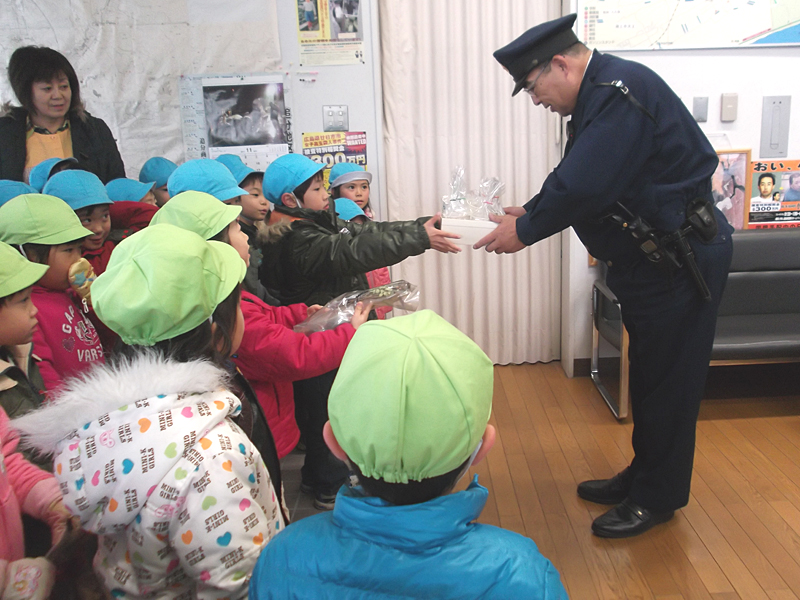
Another thing to note is the political implications of the holiday. While not explicitly political, many labor unions will take this occasion to have conversations about workers’ rights and celebrate the labor movement.
Subaru Case Study: Host a Localized Appreciation Event
In 2012, Subaru’s Filipino distributor, Motor Image Pilipinas, organized the first Kansha Festival, a special customer appreciation event for Subaru car owners in the Philippines, as well as fans and those interested in buying Subaru.

The roots of this week-long event are borrowed from Japan’s Labor Thanksgiving Day—”kansha,” like in the name of the holiday, literally means “gratitude”—and was an effort to bridge two cultures together: the Japanese Subaru company and its clients in the Philippines. Special efforts were made to create Japanese decor-inspired showrooms for the occasion. Since then, it has become an annual event and “one of the most awaited and [unique] automobile promo in the Philippines.” This is a great example of connecting with customers off-shore, and how to celebrate a global holiday beyond its “host country.”
Ito-Yokado Case Study: Amplify Local Cultural Values
During Labor Thanksgiving, Japanese families will often take time to enjoy their family’s company and show appreciation for the breadwinners’ hard work in supporting the family, sometimes through cooking a special meal.
A Japanese food chain company, Ito-Yokado, riffed on this idea to produce Labor Thanksgiving-day specific ads. In this TV spot below, some kids start thinking about how to show appreciation for their hardworking dad on Labor Thanksgiving—when they realize the one working just as hard, if not more, might be their mom instead. The family decides to take her out for dinner from Ito-Yokado.
The TV ad not only realizes important Japanese concepts of family and holiday-specific theme of appreciation for hard work, but also features a face immediately recognizable to the local audience: popular Japanese child actress Mana Ashida.
Singles Day in China | November 11 every year
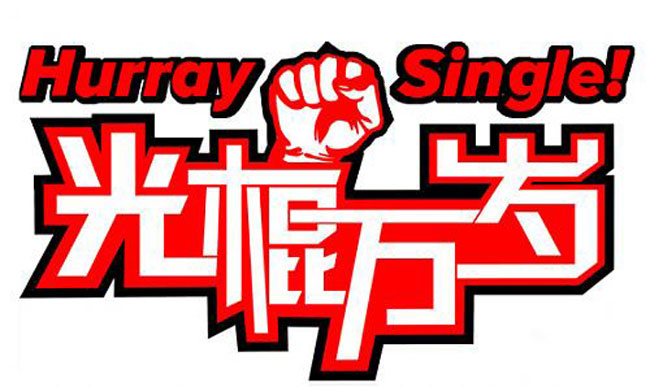 What is it?
What is it?
This event, which falls on the same day that North American and Commonwealth Nations memorialize WWI, has long been known unofficially among Chinese youth as Singles Day, or GuangGunJie, “bare sticks holiday,” based on the 4 isolated “bare sticks” in the 11.11 date.
It has gained notoriety in recent years in becoming the largest online shopping days worldwide, in large part thanks to Alibaba’s massive Cyber Monday-like online sales event through its e-commerce channels Tmall and Taobao on this holiday, featuring steep timed discounts.
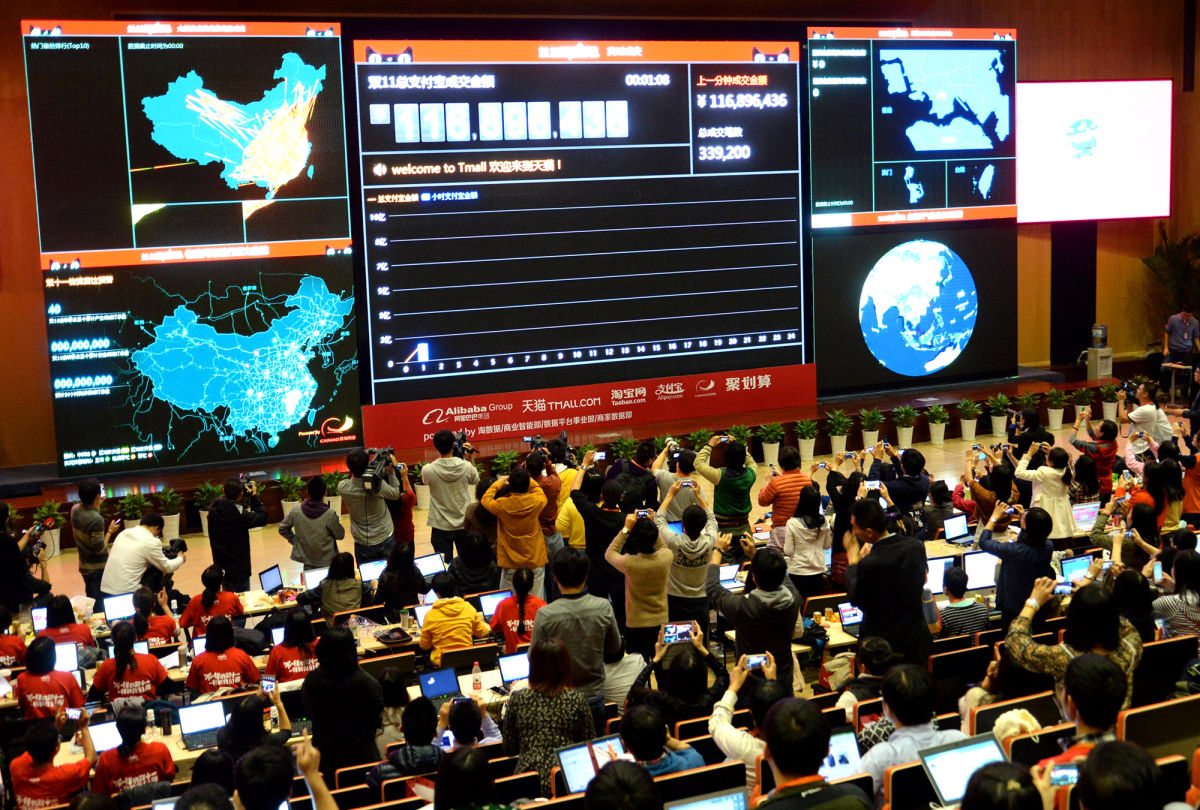
Alibaba HQ’s employees watch the live sales transactions stats on Singles Day 2015.
In 2015, the e-commerce event surged 60% in sales from the previous years, reaching a record total of US $14.3 billion—it took only 8 minutes after the sale went live for Alibaba’s various sites to reach $1 billion in sales. 8 minutes. (For comparison, Cyber Monday in the U.S. topped $3 billion in sales in the same year. That’s only 24 minutes in China Singles Day-time.)
[bctt tweet=”It’s no surprise that China accounts for 40% of the world’s e-commerce sales. ” username=”OneSkyApp”]
How do people celebrate it?
At its foundation, this holiday celebrates the state of singlehood in China, and serves as an opportunity for single people to party with single friends, celebrating their single status, or organize blind date parties to try to not celebrate GuangGunJie the following year.
Alibaba Case Study: Dig Deep Into Local Spending Habits
What started as a little known “folk holiday” among mostly college students has, since Alibaba took over, become a multibillion-dollar annual phenomenon. Now approaching its 8th year, the shopping celebration began in 2009 with just 27 merchants. In 2015, this number grew to 40,000 merchants and millions of discounted products.
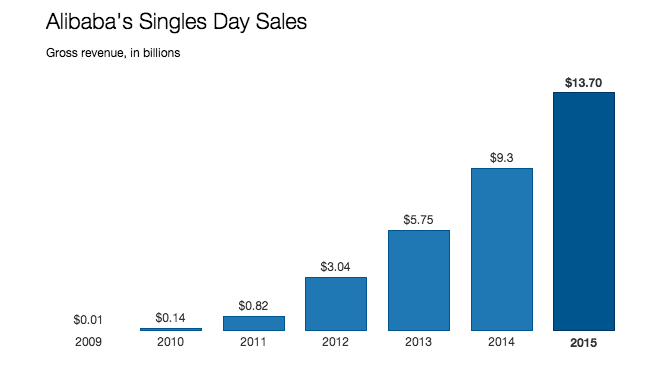
A large reason for Alibaba’s success, beyond the company’s sheer growth, is its awareness of local spending habits and cultural values: for whatever their reasons, whether to comfort or to celebrate, many single people—and even those that are “taken”—will buy gifts for themselves and others on this day. And because it’s the largest population in the world, the number of Chinese singles alone is an astronomical 200 million.
To gain an edge in marketing your product to global markets, take a page out of Alibaba’s playbook and get to know the local expectations and cultural values that might fuel spending habits.
[bctt tweet=”Think like Alibaba: Ask what, when, where, and *why* are people buying?” username=”OneSkyApp”]
And if you happen to be launching a campaign near November 11 in China, catch a bit of the tailwind Alibaba has created and offer discounts and promotions of your own. You might just catch some “bare branches” looking to spend.
Diwali/Deepavali in parts of the Asia-Pacific | October 30, 2016
What is it?
The “festival of lights” is an ancient Indian festival celebrated as an official holiday throughout parts of the APAC, including India, Pakistan, Malaysia, Myanmar, Nepal, Singapore, and Sri Lanka. The festival signifies the triumph of light over darkness, as a symbol for good over evil, and a celebration of knowledge and hope, with several possible religious stories as its origin.
It is observed by Hindus, Sikhs, Jains, and Buddhists. While the preparations and rituals are carried out over a five-day period, the main festival night coincides with the darkest, new moon of the Hindu calendar.
How do people celebrate it?
Before the night of Diwali, people renovate, clean, and decorate their homes and office spaces. During Diwali night, people dress up in their best clothes, often new, and light up diyas (lamps and candles) throughout their home, rooftops, and windows, as well as around temples and other buildings in their community. Then, there are family prayers, fireworks, and a family feast including sweets and exchanging gifts between family members.
Similar to New Year’s, this celebration is a major shopping period for communities that celebrate it.
Lifestyle International Case Study: Enlisting Local Help
One way to tap into a holiday campaign in an unfamiliar market is to enlist help from locals.
You might not have the budget to hire a local child celebrity like Ito-Yokado did, but there are plenty of other local influencers who might be interested in co-marketing opportunities.
This is exactly what retailer Dubai-based Lifestyle International had in mind when they wanted to reach their buyers in India in time for Diwali. Their target audience was trendy young people—which matched the typical subscriber of the lifestyle YouTube channel Coupling, run by Sherry Shroff and Vaibhav Talwar, a young Mumbai-based couple.
In the video (below), which has over 34,000 views, the couple visits a Lifestyle store and buys clothes for each other. Not only are potential buyers delighted by testimonials from YouTube personalities they already trust—who also try the clothes on themselves in the video—but are further encouraged to check out Lifestyle stores through a promotional store credit giveaway. This partnership also allows Coupling, the YouTube channel, to benefit from further reach and engagement with their audience through this giveaway promotion. Win-win situation!
Lufthansa Case Study: Engage Local Narratives in Storytelling
With the largest diaspora population in the world, it’s common for Indian families to be separated across generations during festivals focused on the family, such as Diwali.
With this in mind, Lufthansa India launched a ticket giveaway promotion for Diwali. They produced a short film about an old man missing his grand-daughter who has moved away. At the end of the ad, viewers are prompted to visit Lufthansa’s website to enter to win the tickets.
The use of a narrative that speaks to millions of Indians worldwide is compelling and increases Lufthansa’s positioning as an international company that also speaks the local language, and can provide real value to customers because the company understands the reason behind their purchases.
+1 Lufthansa for brand engagement through storytelling!
“What are you waiting for? Christmas?”
As you prepare for this busy holiday season, consider expanding your reach and engaging your audiences across the APAC markets through these 3 local holidays.
A recap of our 5 pro tips from successful campaigns of yore:
-
- Host a localized appreciation event (Subaru)
- Amplify universal cultural values (Ito-Yokado)
- Dig deep into the market’s spending habits (Alibaba)
- Enlist local influencers’ help (Lifestyle International)
- Engage home-grown narratives in your brand storytelling (Lufthansa)
Want to learn about more interesting global holidays?
Speaking of Christmas: want to learn about how it’s celebrated in Asia? Or, how the whole world celebrates interesting holidays throughout the year?
This post is just a teaser for OneSky’s upcoming Global Holidays Marketing Guide, a monthly newsletter featuring more interesting holidays around the world, so you can promote your product to new markets.
Sign up now to be one of the first to gain these new global marketing insights:
hbspt.forms.create({
css: ”,
portalId: ‘1761271’,
formId: ’90eae0ec-8b40-4316-9dcd-2e45441cd9aa’
});


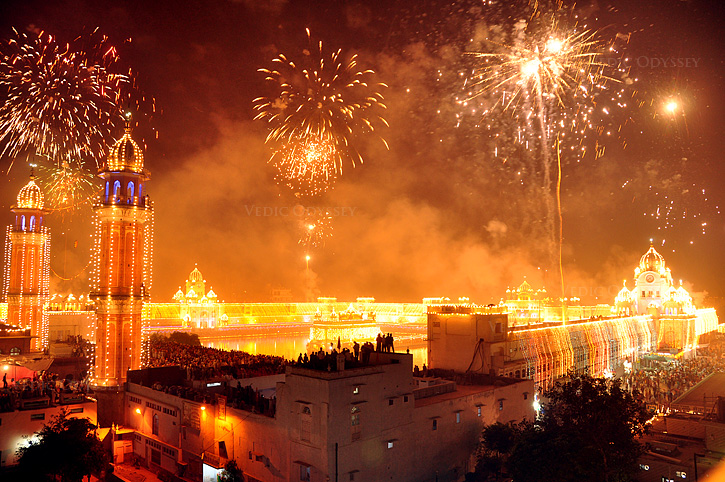
 Written by -
Written by -  Written by -
Written by - 


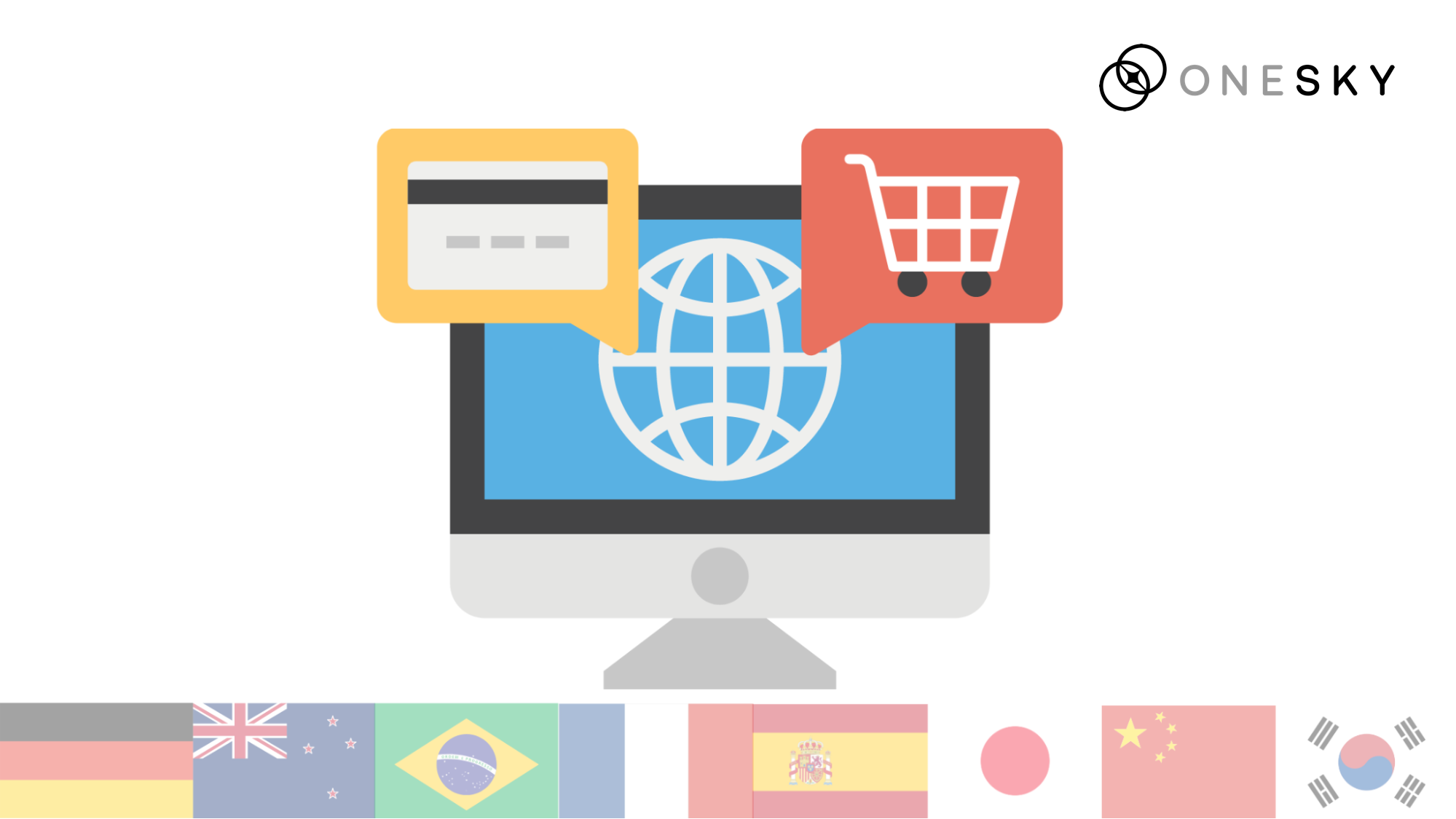

 Written by
Written by 


